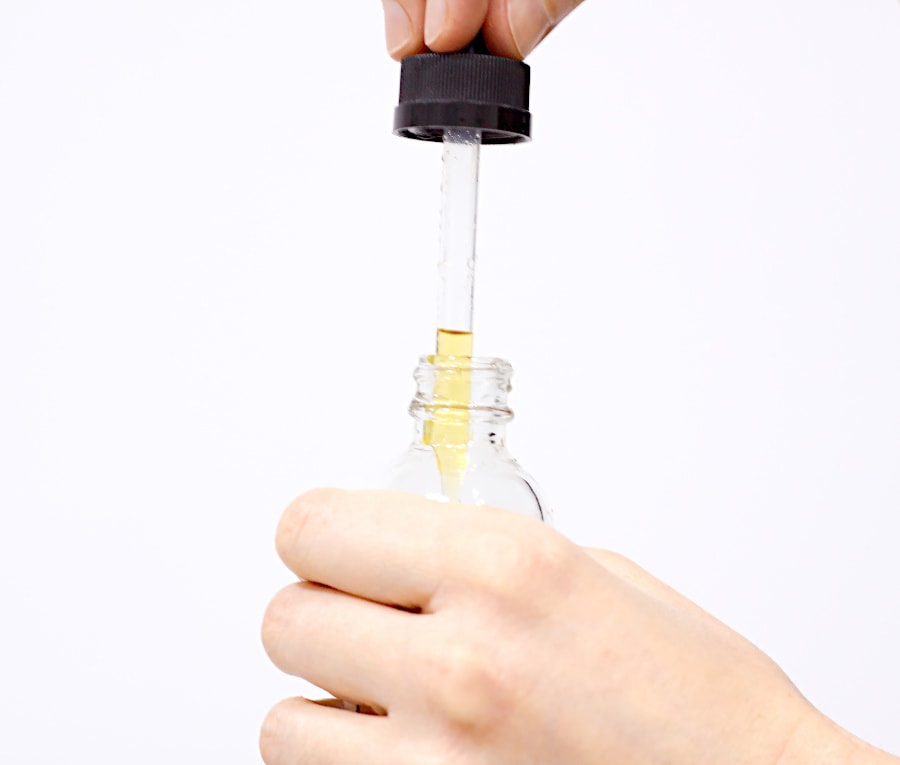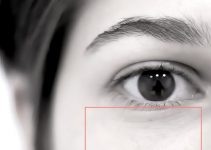This is going to be a complete guide on how to use facial oil and it’s going to cover so much more than that.
Like everything in skincare, learning how to use a product it’s not the complicated part. Usually, there are a few steps to consider and a routine that you can establish and stick to it.
The hard part is deciding if a certain product would benefit your skincare routine. So, besides establishing how to use a facial oil, we’re also going to talk about facial oils in general: what they do for our skin, if they work for all skin types, and which are the best face oils.
It’s going to be a pretty complete discussion but you can choose to focus on the parts that interest you if you already know the rest.
Contents
What Are Face Oils?

Facial oils can serve as a replacement for moisturizers and just like a moisturizer they can be used both in the morning and in the evening.
Their purpose is the same: to hydrate the skin and to lock in the moisture into the skin.
But they can also be used together with moisturizers. So, in a beauty routine, a person can use both a moisturizing cream and a face oil.
Face oils are usually a collection of plant oils and some will boast of great benefits. I will elaborate more on that when we’re talking about which skincare types can benefit most from them and in what ways.
A dry cool environment can pull out the moisture from the skin that’s why we end up with a more severe case of dry skin the winter. On the other hand, hot water can strip the skin of its oils, which also leads to flaky cracked skin.
Since we’re here discussing how to use a facial oil, it’s understandable that a face oil is a beneficial skincare product.
It’s a myth that it will leave your face all shiny. It’s also a myth that it will lead to breakouts.
It it’s applied the right way, a facial oil can help us have a smooth healthy nourished complexion, that’s the whole purpose.
How to Use Facial Oil and When to Use It
- cleanse your skin – it’s the foundation of every skincare routine and nothing can happen before you wash off your face
- apply your serums, acne treatments, chemical exfoliators
- apply a moisturizer
- and the face oil comes last – that’s the general rule, unless the instructions for a product state otherwise (you should always read everything written on a package)
- in the morning or before leaving the house during the day an extra product is applied – sunscreen or you can use a moisturizer with SPF to shorten your routine
When it comes to knowing how to use facial oil there’s one thing to understand: it can be used both in the morning and in the evening.
There are some oils that might increase skin’s sensitivity to light, in which case use them just in your bedtime routine.
You can also just apply facial oil with your finger just on the dry patches of skin if you don’t want it all over your face.
In a Skincare Routine the Face Oil Comes Last
Why does the face oil come last? When it comes knowing how to use facial oil that’s the thing to remember: a face oil is the last product in a skincare routine.
Due to its oily composition, a face oil can prevent other skincare products from penetrating the skin, which is why it’s the general consensus that they’re used last.
They will create a barrier between the skin and the external environment, they will lock the moisture into the skin and protect it at the same time.
You can also skip on using a moisturizer if you don’t feel the need for it.
How Much Facial Oil Should You Apply?
You shouldn’t use much at all, in this less is definitely more.
One to three drops of oil are enough.
Apply them into the palm of your hand, spread it between your palms and then gently press the oil into your face and neck area. Just avoid the eye area.
You shouldn’t massage it into the skin, like we do with our moisturizing creams. Just dab or pat it into the skin.
Mixing Face Oil with Makeup
Those wearing makeup have a few options to choose from when it comes to using a facial oil:
- mix a couple of drops with your primer
- or you can apply foundation immediately after dabbing your face and neck with oil – just allow the oil to be fully absorbed before applying the foundation
- or just mix the foundation with a few drops of facial oil
Whatever method you choose to use, your skin will benefit from a dewy look because the skin will be provided with extra moisture.
The Skin Produces Natural Oils
Let’s start from the beginning. Our skin already produces essential oils. Lipids are skin’s natural fats and they form the skin’s barrier.
In the case of some people it doesn’t produce enough and that’s why some of us have dry skin.
In the case of others it produces too much, which we identify as having oily skin.
There’s also combination skin, where parts of the face (the T zone – nose, chin, forehead) are oily and parts (cheeks especially) are dry and flaky. The oil parts are prone to acne, blackheads especially.
Each pore has a sebaceous gland that produces natural oils. It’s what can clog our pores together with dirt and debris and lead to acne. But that’s a discussion for another time.
We can also strip our skin of its natural oils by using harsh cleansing products or by over-cleansing or by over-exfoliating.
Changes in weather also makes our skin dry.
So, do you really need to learn how to use facial oil when our skin already produces natural oils?
Let’s see who should pay close attention to them. And why every skin type can benefit from them.
Which Skin Type Needs to Use Face Oils?
The short is that all skin types can use facial oils, it’s just a matter of knowing which oils are best for what.
The good news about figuring all that out is that manufacturers will lets us know about the benefits of a facial oil.
Dry Skin
Dry skin is definitely the first skin type that people think of when mentioning face oils. It’s the same when we talk about milk cleansers, although most of those work for all skin types, as well.
Those who have dry skin can definitely add a face oil to the end of their beauty routine, right after applying a moisturizer.
The best oils for dry skin are those who are really famous for their moisturizing benefits: olive, argan, jojoba, sunflower, squalane, and coconut oils. However, be careful because coconut oil is comedogenic, the others are not.
If you want to know more about two fantastic essential oil, check out my article on argan oil vs jojoba oil.
Oily Skin & Acne-Prone Skin
Even oily skin and acne-prone skin can use face oils. They can help oily skin because they can balance the skin’s oil production.
That will also mean no more excess oil, which leads to that shiny look that anyone with oily skin doesn’t want to see in a mirror. Even worse, an excessive production of oil clogs pores, that’s how acne happens.
The best oils for oily & acne-prone skin are those that are non-comedogenic: camellia (especially good because it’s light, gentle, and doesn’t clog up pores), tea tree (very well-known by those with acne-prone skin), jojoba (regulates sebum production, keeps the skin from looking oily), macadamia (fatty acids with anti-inflammatory benefits, great for acne, easily absorbed, very light), and squalane oil (this one is absolutely beneficial for all skin types, our skin produces it, too).
Anti-Aging Oils
There is one famous oil that has been regarded for years as having wonderful anti-aging properties. I’m pretty sure you already know about it.
It’s the rosehip seed oil. It is also considered a wonderful alternative for those who might have a too-sensitive skin for using retinol.
Rosehip seed oil is one of those ingredients that seems good for absolutely everything: moisturizes, can reduce the appearance of scars, rich in antioxidants which is why it’s so good for anti-aging skin and it’s good at protecting the skin from sun damage.
Another, maybe even more famous facial oil for its anti-aging properties, is argan oil. It’s great for preventing fine lines because it has a high content of vitamin E (antioxidants, protects and hydrates the skin) and polyphenols (also powerful antioxidant). It’s said to improve skin elasticity due to its high content of antioxidants.
Face Oils Skin Benefits
- they help us have a resilient lipid barrier – it’s what we call the skin’s barrier and it’s important not only for maintaining a moisturized skin but also for preventing fine lines from appearing earlier than they should, for protecting the skin against damage and for keeping the dirt and impurities out
- face oils contain concentrated amounts of nutrients
- they are packed with antioxidants – antioxidants have a wonderful impact on our skin’s health
- they also contain fatty acids
- regulate sebum production
- anti-aging, anti-inflammatory
- help us maintain a full-of-moisture skin, which looks younger, smoother, and full of vitality
- natural hydrated glow
And that’s my complete guide on how to use facial oil together with some face oils recommendations for all skin types.



